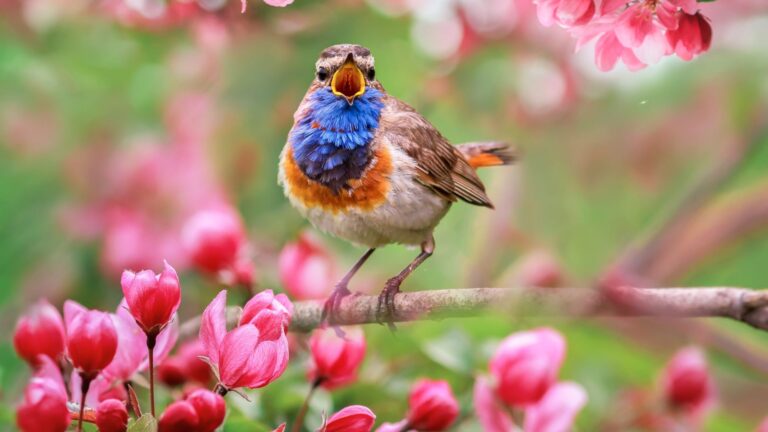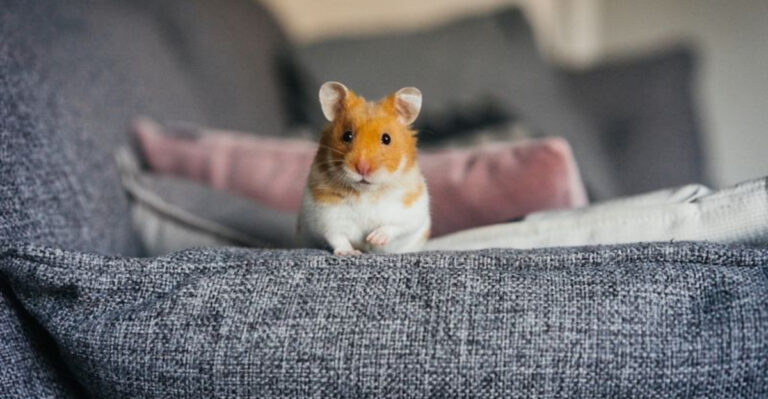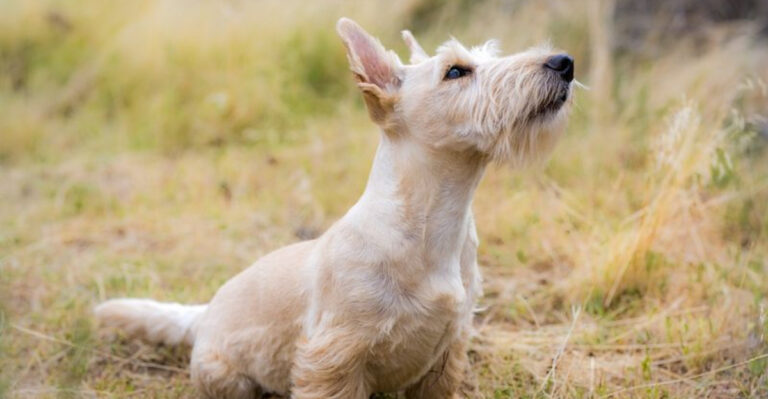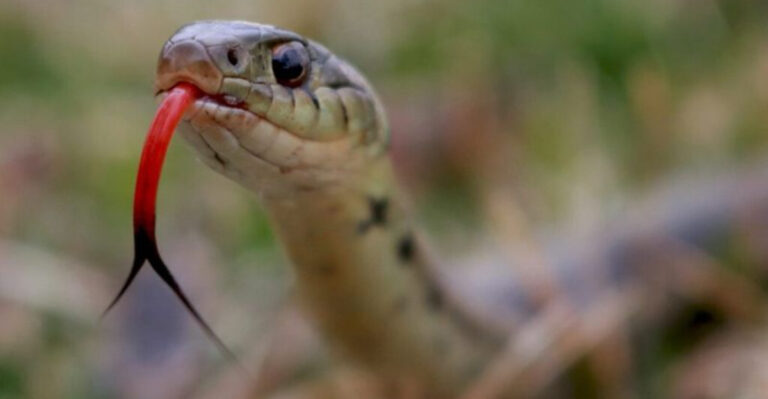Cats And Biting: 16 Reasons Why It Happens (And What You Can Do About It)
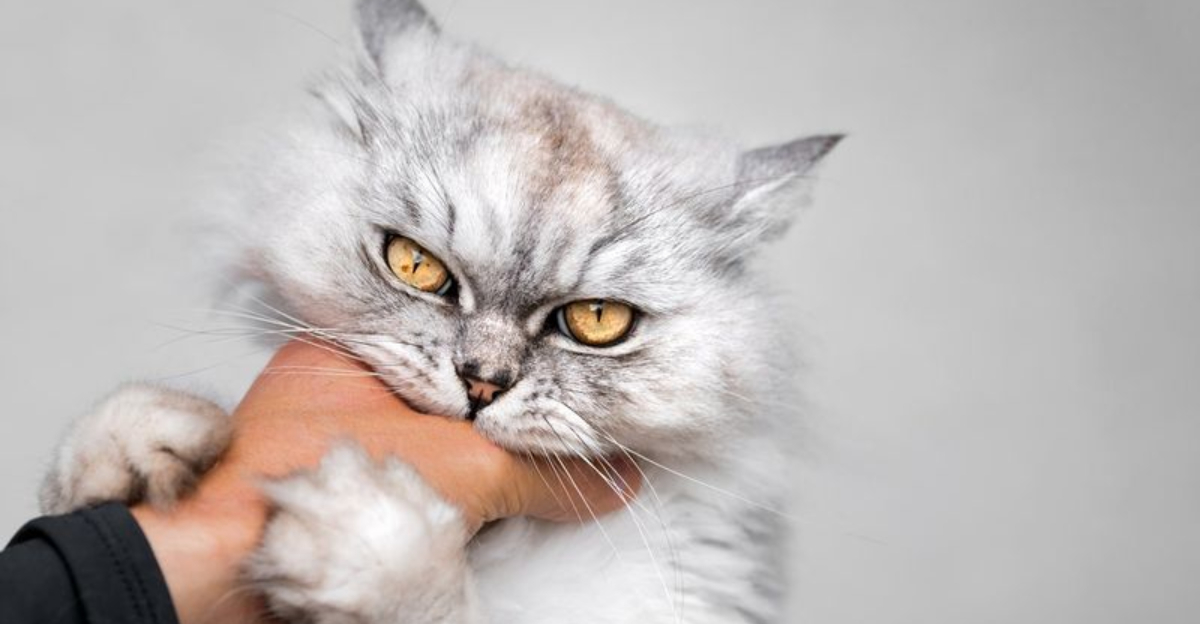
Ever wonder why your feline friend suddenly turns into a little vampire, sinking its teeth into whatever’s closest?
It’s not just your cat’s secret hobby; there are numerous reasons behind this quirky behavior! Let’s unravel this mystery together, so you can enjoy more cuddles and fewer unexpected nibbles.
1. Play Aggression
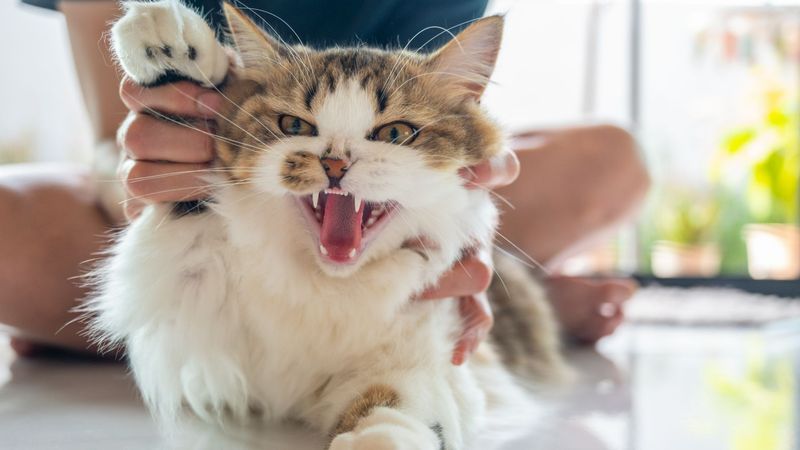
Kittens are notorious for their playful antics, sometimes leading to unexpected nibbles. This behavior is often a form of play aggression.
When your kitten leaps at you with wide eyes, it’s engaging in a natural hunting practice.
While these actions can seem aggressive, they’re usually just playful. Giving them plenty of toys can help redirect this energy.
Make sure to provide interactive playtime, allowing your kitten to chase feathers or toys rather than your hands! After all, nobody wants to be a giant toy mouse!
2. Teething Discomfort
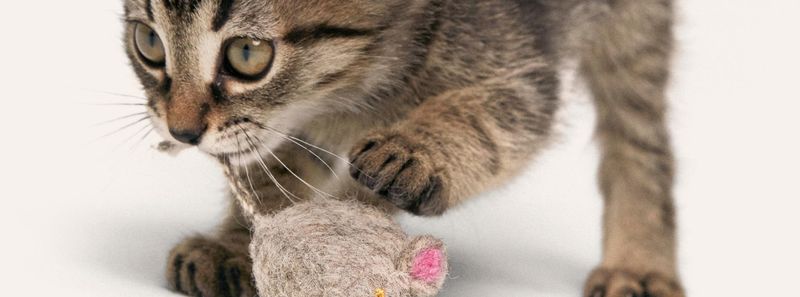
Just like human babies, kittens experience teething. This phase can lead to discomfort, pushing them to chew on various objects, including you. It helps to soothe their aching gums.
Offer them teething toys or even a wet washcloth that’s been chilled in the freezer. This can provide comfort and a safe outlet for their need to chew.
Remember, this phase doesn’t last forever, and soon enough, your little vampire will find other interests! Until then, keep your fingers out of reach!
3. Overstimulation
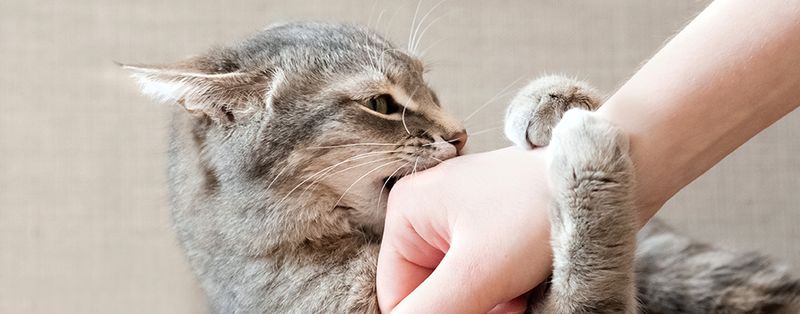
Cats can become overstimulated, especially with excessive petting or play. This heightened state might lead them to bite as a means to get some space.
Watch for cues like a twitching tail or pinned-back ears. These are signals that your cat may need a break.
Give them a quiet space to retreat to and cool off. After all, even the most social felines need their alone time! Respect their boundaries, and they’ll appreciate you for it.
4. Fear-Induced Biting
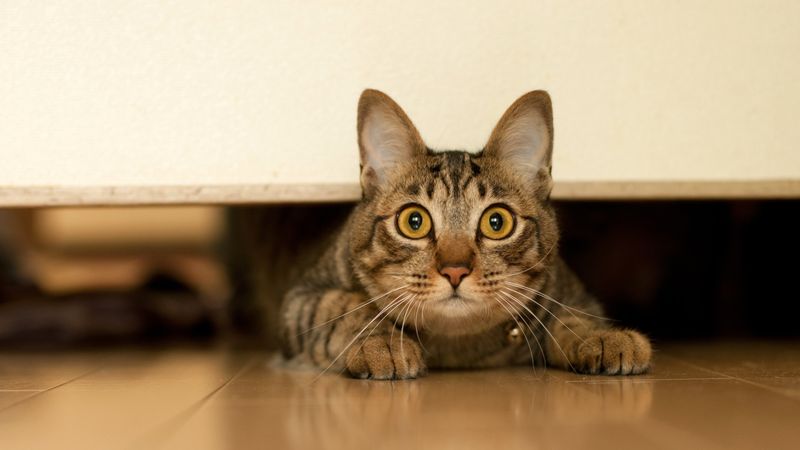
When cornered or frightened, a cat might bite as a defense mechanism. This is not about aggression; it’s about self-preservation.
Approach a scared cat slowly and speak softly to reassure them. Avoid direct eye contact, which can seem threatening.
A little patience and understanding go a long way. Building trust with your feline friend will reduce these fear-induced nips over time.
5. Attention-Seeking Behavior
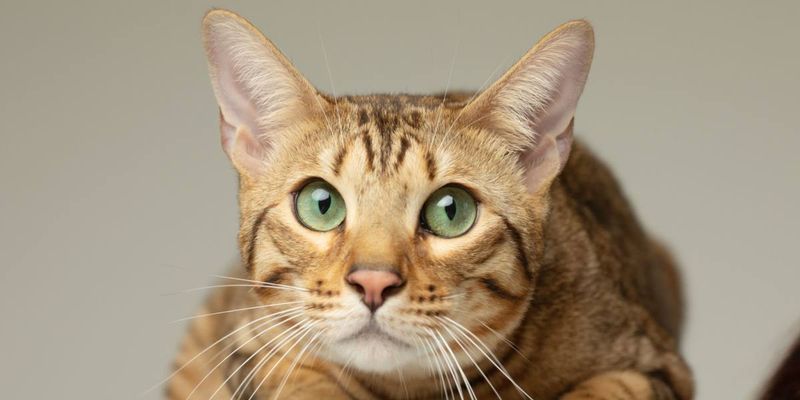
Some cats bite to get your attention, especially if they feel neglected. It’s their way of saying, “Hey, look at me!”.
Make sure to spend quality time with your cat daily. Interactive play, grooming, or just sitting together can satisfy their need for attention.
Ignoring the behavior might also discourage it over time. But who can resist those adorable eyes?
6. Territorial Aggression
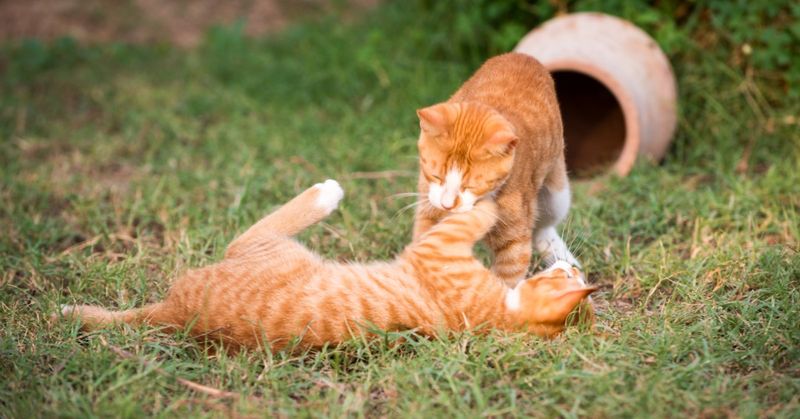
Cats are territorial creatures, and introducing a new pet can trigger aggressive biting as they assert dominance.
Gradually introduce new animals and provide separate spaces for each to reduce tension.
Feliway or other calming products can help ease the transition. Remember, patience is key to a harmonious household.
7. Redirected Aggression
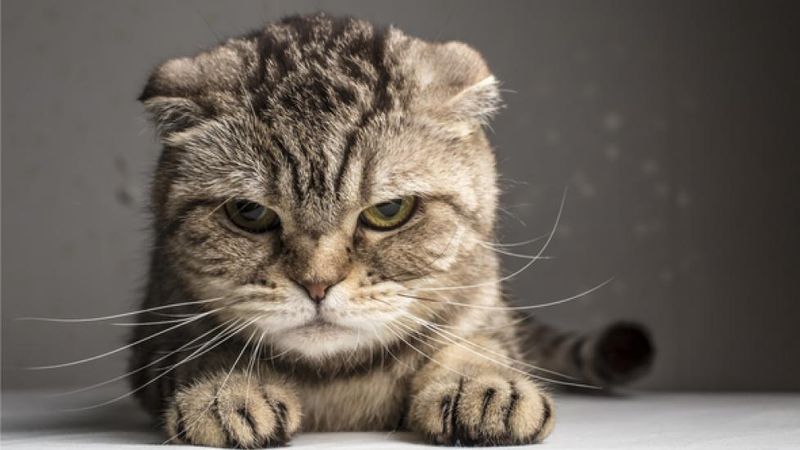
Your cat might lash out with redirected aggression if something outside has triggered them. They can’t reach the source, so they turn to what’s nearby.
Close curtains or remove the trigger when possible. Redirect their focus with toys or treats.
Understanding this behavior helps prevent unexpected attacks. It’s not personal, just feline frustration!
8. Medical Issues
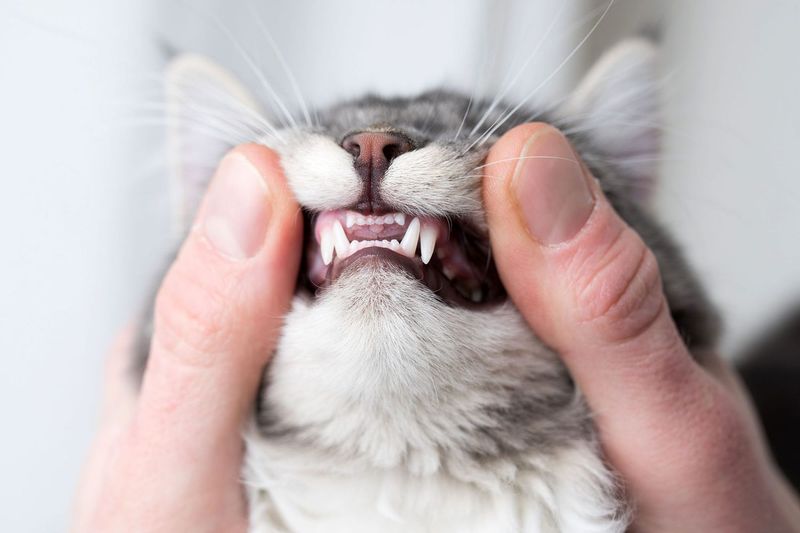
Unexpected biting can be a sign of medical problems, such as dental pain or skin irritation. A vet check-up is essential if biting behavior changes suddenly.
Regular health checks ensure your cat’s comfort and happiness. Remember, they can’t tell you what’s wrong, but their actions can speak volumes.
Always consider medical reasons before assuming behavioral issues.
9. Lack Of Socialization
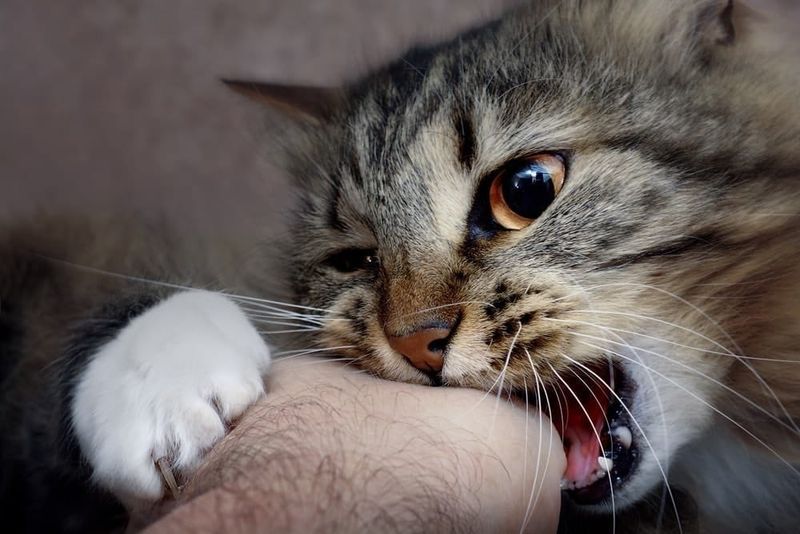
Cats that haven’t been properly socialized might bite due to fear or uncertainty around humans. Early interactions are crucial.
Expose kittens to various experiences and people in a controlled manner. Adult cats can also learn, though it takes more time and patience.
Building trust through gentle interactions can reduce these bites. It’s never too late for a cat to learn how to love!
10. Frustration

Frustration can lead to biting, especially if a cat can’t reach a toy or isn’t getting the attention they seek. It’s their way of expressing that something’s not quite right.
Ensure toys are accessible and provide enough stimulation throughout the day.
A little understanding goes a long way in easing your cat’s frustration. After all, even humans get cranky sometimes!
11. Lack Of Play Outlets

Boredom is a real issue for cats, leading to biting as a form of entertainment. Without enough stimulation, your cat might use you as a toy.
Rotate toys regularly and introduce new ones to keep things exciting.
Interactive play sessions provide mental and physical outlets, reducing unwanted behaviors. Keep your cat engaged and watch the biting diminish.
12. Petting-Induced Aggression
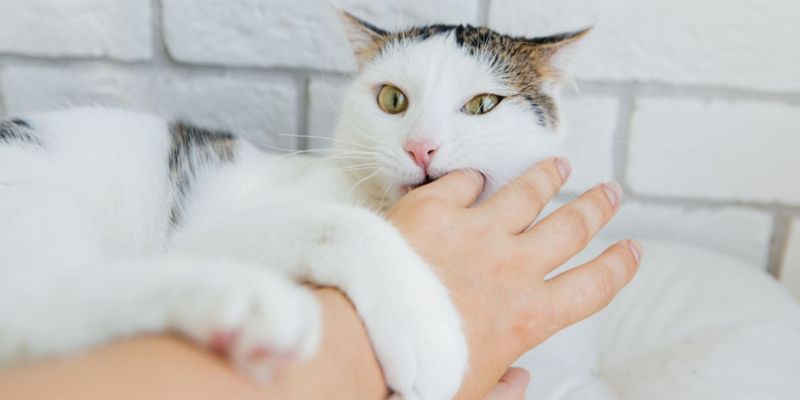
Sometimes, too much petting can become overwhelming for a cat, leading to unexpected bites. It’s a common misunderstanding between humans and felines.
Watch for signals like tail flicks and ear movements. These are signs your cat might need a break.
Respecting their boundaries leads to a happier relationship. Less is often more with cats!
13. Maternal Instincts
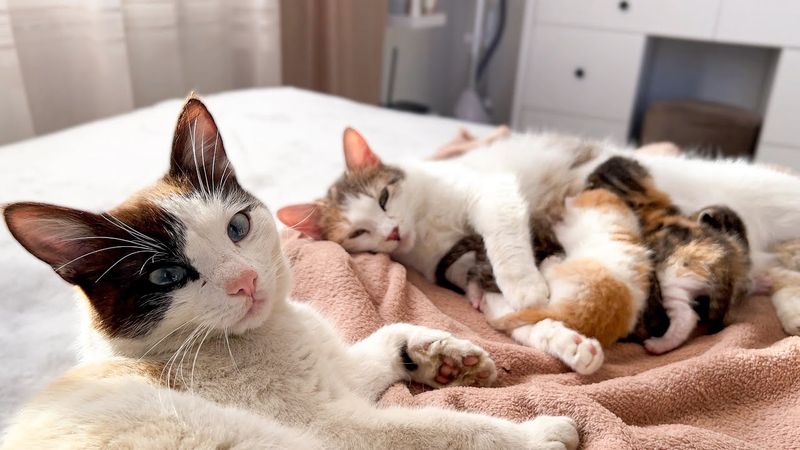
Mother cats are fiercely protective of their young, sometimes leading to biting if they feel their kittens are threatened.
Give them space and observe from a distance. Mothers know best, and they need to ensure their kittens’ safety.
Respecting their instincts fosters a peaceful environment for both mom and babies.
14. Rough Play
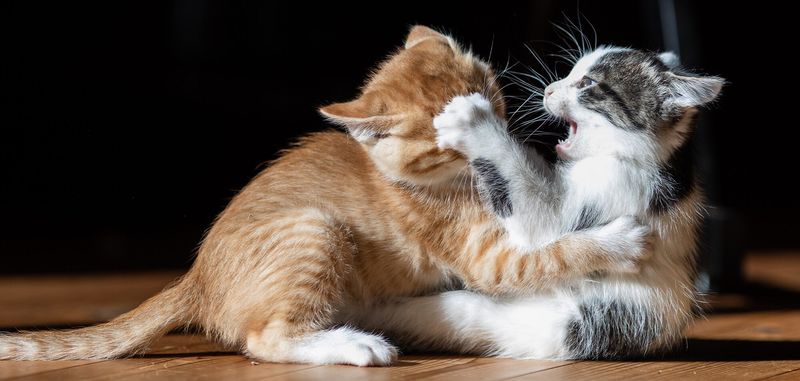
Cats often engage in rough play, mimicking hunting behaviors. This might include gentle biting, which is usually harmless.
Encourage appropriate outlets like toys and avoid using your hands during play.
Understanding the difference between play and aggression helps strengthen your bond with your cat. Play nice, and so will they!
15. Stress
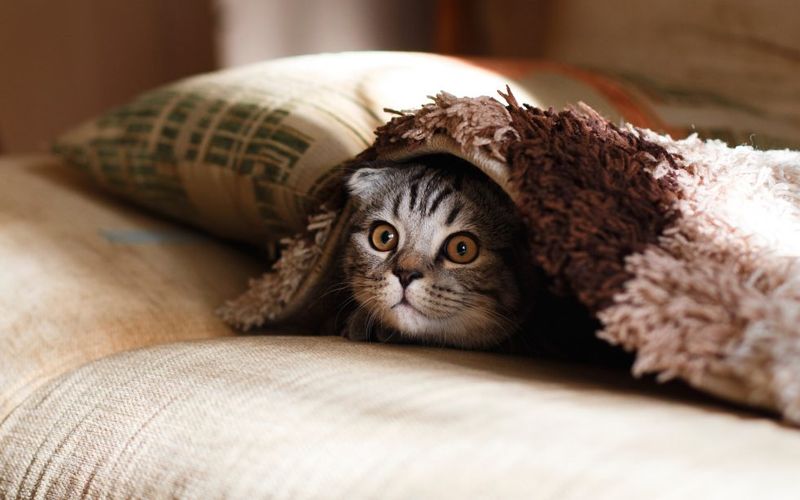
Stress from changes in the environment, like moving or new people, can lead to biting. Cats thrive on routine and familiarity.
Provide a safe space with familiar scents to help them adjust. Gradual introductions to changes make transitions smoother.
A little comfort goes a long way in reducing stress-induced behaviors. Keep calm and carry on!
16. Curiosity
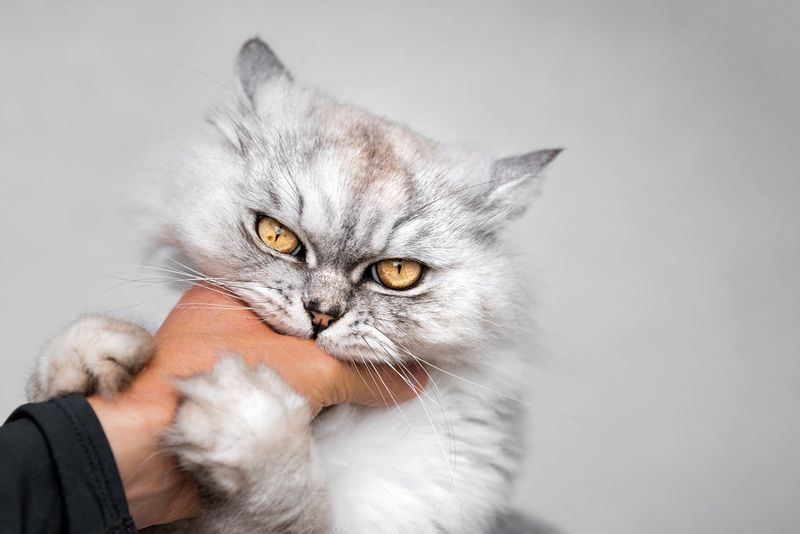
Cats explore the world with their mouths, leading to the occasional curious nip. This curiosity is a natural part of their inquisitive nature.
Provide safe objects for exploration to satisfy their need to investigate.
Encouraging this behavior in a safe way nurtures their natural instincts. Curiosity doesn’t have to bite the cat!

